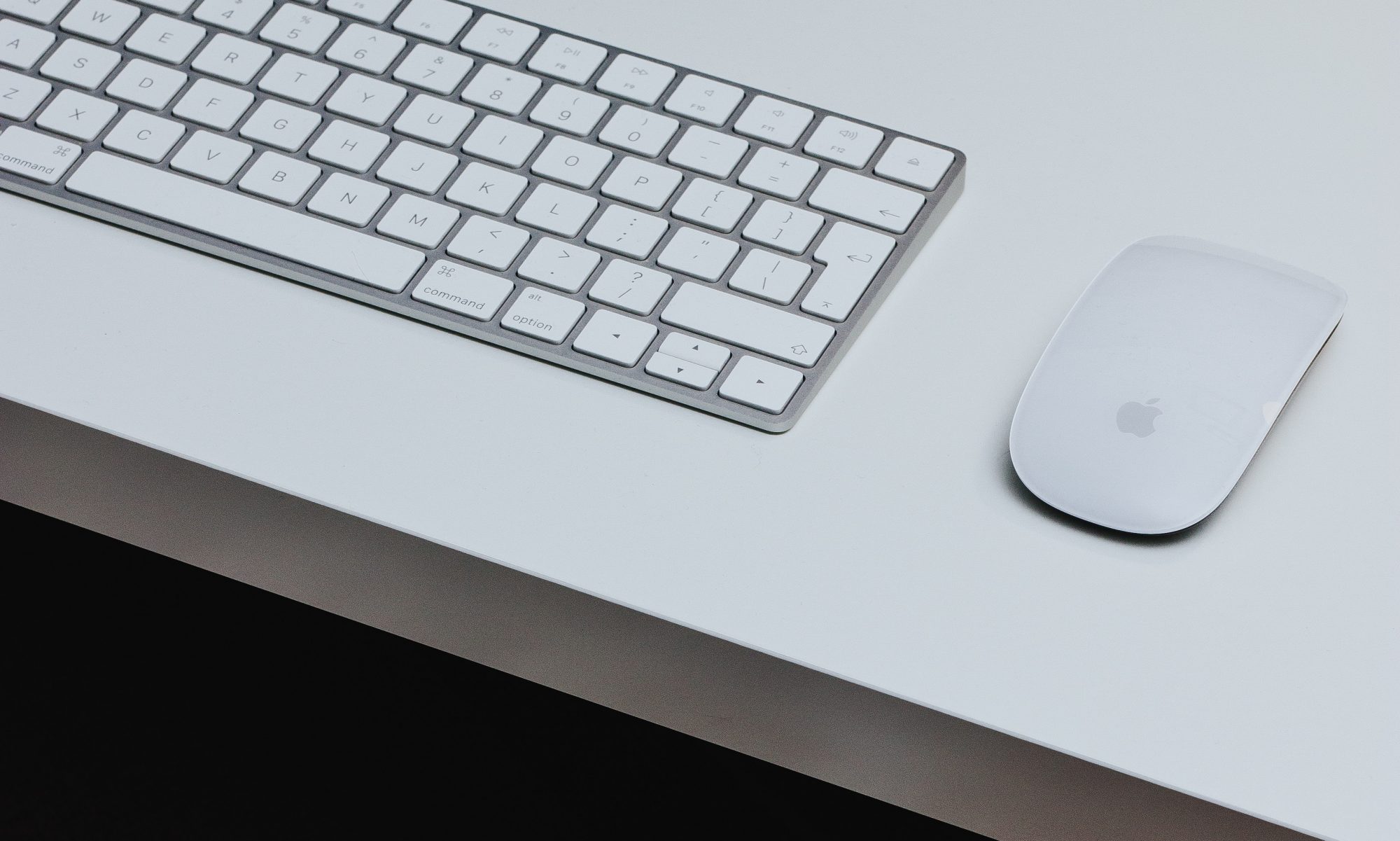Dan Ness, Principal Analyst, MetaFacts, January 11, 2019
People love their smartphones and find more to do with them than PCs or tablets. Around the world, there are few activities done with PCs as regularly as are done with smartphones. Furthermore, there are no activities done more so on tablets than on either smartphones or PCs. Usage profiles vary somewhat by country. Online adults in the U.S. use their connected devices differently than users in many other countries.
These findings are based on the TUP/Technology User Profile 2018 study of 14,273 online adults in the US, UK, Germany, India, and China. Of the more-than 70 activities in the TUP survey tied to each device, we identified those with the widest range of regular use across devices – defined as the difference between the maximum and minimum usage level between smartphone, PC, and tablet users.

The versatility of smartphones is shown by how much more often they’re the device of choice for nearly every type of activity, from shopping to social networking and fun. The range of activity use is as high as 65% – in the case of making and receiving personal phone calls.
Smartphones are being used the most widely for device-unique activities. The four major activities for smartphones – personal phone calls, taking pictures, text messaging, and storing one’s contacts – are infrequently done on a PC or sablet. Although the newest tablets have cameras that approach the quality of those on smartphones, less than a quarter (22%) are being used to take pictures. Also, despite being able to run apps such as WhatsApp or WeChat on Tablets or PCs, phone calls are primarily on smartphones, even while personal video calls have made inroads on non-phone devices.

PCs are mostly being used for email (personal or work), online shopping (bigger screens entice buyers), and online banking. Tablets are mostly being used for social networking and music listening.
There is a small amount of crossover of activity usage across devices. Two of the major activities for smartphones are also leading ones on tablets – adding photos to social media and commenting on other’s images or comments.
American adults use their devices somewhat differently than users in other countries. In addition to personal and work email, PCs are used more often than smartphones or tablets for shopping, banking, finances/accounting, and writing.
Tablets are being used more like PCs than smartphones. The major activities for tablets, although with smaller percentages than PCs, are also among the major activities for PCs. Also, in the US, UK, and Germany, tablets are used more often than either PCs or smartphones for reading a book and making small purchases in person, such as in a coffee shop.
Where PCs dominate
Smartphones aren’t the only connected device users actively use. There are many activities used at a higher rate on PCs than on smartphones are tablets. Sending and checking both personal and work email are high on the list across all of the countries surveyed except for India. Also, writing and managing text documents is a PC-preferred activity except in India. In Germany, writing documents is an especially PC-dominant activity. Also, activities relating to using a printer are strongest when using a PC.

Looking ahead
Habits change slowly. Not only do people find effective ways to use connected devices to do what they want, they also show inertia when slowly moving those activities to a different device. Even those users who have multiple devices continue to use the types of devices they had previously for some time before fully embracing a type of device new to them.
Furthermore, there isn’t a single “silver bullet” device that’s preferred for all activities. For some activities, such as reading a book, shopping, or watching television, having a larger display helps. For other activities, such as receiving phone calls or texting, convenience and mobility are key.
We don’t expect the majority of users to concentrate all of their activities on a single device in the near future. Instead, the multi-device experience will continue. PCs may continue to lose their dominance for the many activities they still dominate. Dedicated PC users may just move more of their attention to tablets, especially those focused on passive activities such as social networking or television watching.
About TUPdates
The analysis in this TUPdate is based on results drawn from multiple waves of TUP/Technology User Profile, including the 2018 edition which is TUP’s 36th continuous wave.
TUPdates feature analysis of current or essential technology topics. The research results showcase the TUP/Technology User Profile study, MetaFacts’ survey of a representative sample of online adults profiling the full market’s use of technology products and services. The current wave of TUP is TUP/Technology User Profile 2020, which is TUP’s 38th annual. TUPdates may also include results from previous waves of TUP.
Current subscribers may use the comprehensive TUP datasets to obtain even more results or tailor these results to fit their chosen segments, services, or products. As subscribers choose, they may use the TUP inquiry service, online interactive tools, or analysis previously published by MetaFacts.
On request, interested research professionals can receive complimentary updates through our periodic newsletter. These include MetaFAQs – brief answers to frequently asked questions about technology users – or TUPdates – analysis of current and essential technology industry topics. To subscribe, contact MetaFacts.




